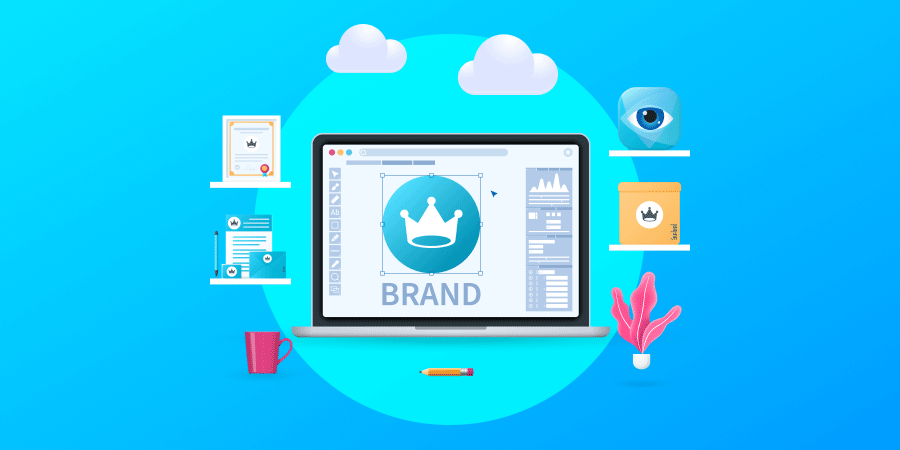Patagonia is a widely loved sustainability and fashion icon.
Meanwhile, DuPont is known and distrusted by many for contaminating a Virginia town with unregulated chemicals.
These perceptions represent extreme cases of positive and negative brand sentiment.
But which side of the scale does your brand sit?
Learn how to find out by reading our complete guide below, covering what brand sentiment is, as well as how to measure and improve your brand sentiment.
[ez-toc]
We deliver custom branding solutions. Request a Quote
What Is Brand Sentiment?
Brand sentiment refers to the general attitude of the public towards your brand, products or services.
It considers positive, negative and neutral opinions voiced about your brand across touchpoints and channels.
Without knowing what brand sentiment is and how to measure it, you won’t be able to improve yours.
Your business can measure this sentiment by gathering and analyzing all relevant mentions in a comprehensive brand sentiment analysis.
Meet our team. Schedule A Consultation
Why Is Brand Sentiment Analysis Important?
Brand sentiment analysis gives you access to the opinions of your target audience and the wider public.
By knowing what associations your brand conjures, you can adjust your brand strategy accordingly.
Below, we cover the most important reasons why you should analyze your brand sentiment.
Reason 1. Understand Target Audience Opinions
Brand sentiment analysis gives you an insight into the unique opinions of your target audience.
Knowing what they like or dislike about your brand enables you to tailor your products, services and messaging to resonate with their preferences.
In fact, 84% of customers say being treated like a person, not a number, is an important factor in winning their business.
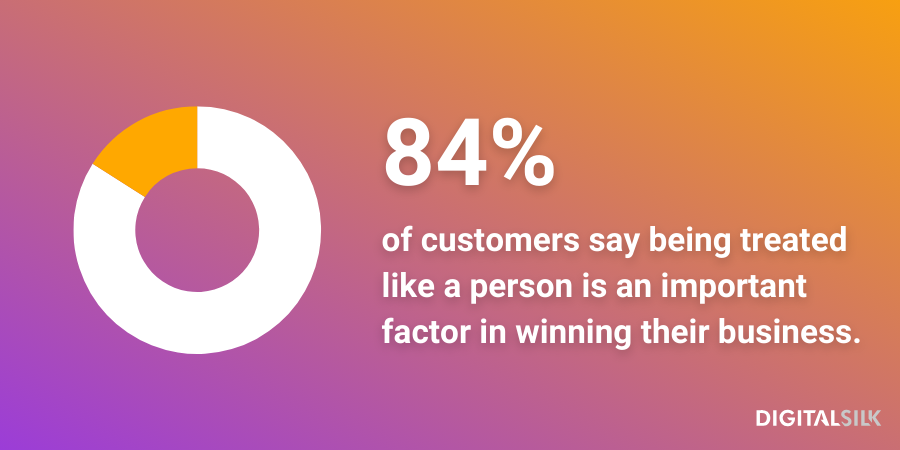
By tailoring your solutions, you can show your audience that their individual values and opinions have been heard and are making a difference to your brand.
Brand sentiment analysis provides the foundations to building stronger audience connections through bespoke insights.
Reason 2. Create Corrective Marketing Campaigns
A major element of analyzing your brand sentiment is uncovering negative perceptions around your business.
Brand sentiment analysis allows you to identify areas of concern and take swift corrective actions.
Given that 90% of online shoppers have chosen not to purchase from a company because of its bad reputation, corrective campaigns can have a direct impact on your sales.
Counteracting the negative associations your brand sentiment analysis has discovered, you can use marketing campaigns to communicate your brand’s values and showcase improvements.
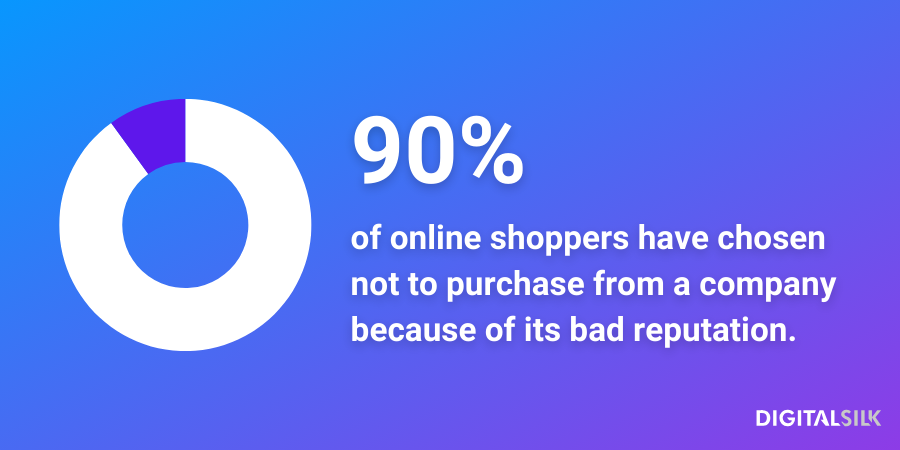
Reason 3. Measure Campaign Impacts
After launching marketing or PR campaigns, brand sentiment analysis is a valuable tool to help track their effectiveness.
You can monitor changes in sentiment over time to gauge how well your efforts are resonating with your audience.
Whether it’s a product launch or a brand messaging shift, analyzing sentiment allows you to quantify the impact of your campaigns and adjust strategies accordingly.
We’re branding specialists. Schedule A Consultation
How To Measure Your Brand Sentiment
There are three clear ways to measure your brand sentiment.
These can be used separately, but implementing all three will give your brand comprehensive insights into public perceptions.
1. Conduct Primary Research
Primary research is a valuable tool for businesses of all sizes looking to connect with their consumers on a personal level.
If your business has the resources, time and personnel to conduct tailor-made studies, it can be an effective way to gain important insights.
To measure brand sentiment with primary research:
- Define objectives: Clearly outline what you want to achieve. Identify specific aspects of your brand or campaign to assess, such as products, values or messaging.
- Design surveys and questionnaires: Develop targeted surveys with open questions that uncover opinions and emotions. Ensure questions are clear, unbiased and cover a range of themes relevant to your brand.
- Determine research parameters: Outline your sample size, how you will conduct your research and where it will be done in accordance with your budget and timeframes.
- Collect data: Utilize various channels to gather data directly from your audience. This could include online surveys, interviews or feedback forms on your website or social media platforms.
- Analyze responses: Systematically analyze your collected data and segment your responses into positive, negative or neutral sentiments. With this, you can create a net promotor score (NPS), or numeric value that highlights your overall brand sentiment. Identify common themes or specific issues mentioned by respondents to guide future strategy decisions.
2. Invest In Dedicated Tools
Dedicated tools can help track brand sentiment across substantial data volumes and multiple channels.
This is ideal for larger, scalable businesses with numerous competitors, markets and locations to keep tabs on.
To measure brand sentiment with tools:
- Identify suitable tools: Research tools by the features they provide and how they fit your project requirements. For example, tools like Brand24 and Brandwatch help to monitor your brand mentions and collect sentiment data in an accessible dashboard.
- Read tool reviews: Check websites like Capterra and G2 to know which sentiment analysis tools align with your brand’s needs. Consider factors like accuracy, ease of use and integrations with your existing tech stack.
- Implement the tool: Integrate the chosen tool with your current operations. Ensure it can collect, process and present data from relevant sources such as social media, customer reviews and surveys.
- Set custom instructions: Configure the tool to recognize industry-specific terms and brand-related keywords. Most tools offer user-friendly actions and explanations to support easy customization that ensures accurate brand sentiment analysis results.
- Contextualize brand mentions: Use human input to scan for brand mentions that seem positive at first but actually provide a negative sentiment, and vice versa. Brand sentiment analysis tools can only go so far with language scanning.
- Regularly monitor and update: Continuously monitor the tool’s performance by reading external reviews and forum posts, as well as benchmarking results against previous timeframes, and update it as needed with new instructions depending on brand strategy changes. Stay informed about new features or improvements to enhance their accuracy over time.
3. Enlist Agency Support
Branding agencies can leverage industry expertise to help you analyze your business’ brand sentiment.
While it may not seem the best option for your business at first glance, working with a specialist agency removes the need to invest in in-house resources. It also gives you access to the latest, most accurate tools and techniques.
To measure brand sentiment with the support of a professional agency:
- Choose a reliable agency: Search for an agency with branding experience for your industry. Look for reviews, case studies and a proven track record.
- Define scope and goals: Clearly communicate your objectives and the scope of the project to the agency. Provide specific guidelines on the aspects you want them to focus on, such as social listening, brand mentions or competitor analysis.
- Collaborate on data sources: Work closely with your chosen agency to identify relevant data sources for sentiment analysis. Provide access to historical data on platforms like Google Analytics and ensure they understand your brand’s unique context.
- Request regular reports: Agree on a reporting schedule with the agency for the delivery of insights. Regular updates allow you to stay informed about shifts in sentiment and make swift strategic decisions based on the findings.
We provide custom solutions. Schedule A Consultation
How To Improve Your Brand Sentiment [With Examples]
The goal of monitoring your brand sentiment is finding ways to improve it.
You can improve your brand sentiment by following five key steps:
Step 1. Consistently Monitor Your Brand
Brand sentiment is ever changing. Monitoring social trends that surround your industry and target audience, as well as conversations bespoke to your brand, can help you navigate shifting opinions and sentiment.
To keep on top of shifting perceptions:
- Set up real-time keyword monitoring tools, like Ahrefs, Brandwatch or SEMrush.
- Utilize social listening tools like Brand24 to track social and media mentions.
- Schedule regular reviews or email updates within your chosen tools.
Take McDonald’s, for example.
The fast-food chain had used plastic straws since its formation. But in 2018, its U.K. franchises replaced them with paper straws in response to a petition signed by 500,000 people.
The change in strategy aligned McDonald’s with increasing climate activism and caution, helping customers see that the brand was taking steps in the right direction for values they care about.
Step 2. Act Quickly
Bad news travels fast.
For example, 16% of U.S. and U.K consumers expect a response to a query on social media within minutes. Fail to keep up and your business can build unwanted negative associations, as bad experiences are open for all to see with instant sharing or public profile social media contacting.
To respond to negative sentiment quickly:
- Develop a crisis communication plan, fit with pre-prepared responses and channels to target.
- Create a detailed response playbook for common scenarios.
- Use tools to track mentions across channels and uncover situations that require action.
Take Starbucks, for example.
Extensive boycotts of the coffee chain began in December 2023, stemming from tensions in the Middle East.
Shortly after, Starbucks announced that customers can fill their own cups with drive-thru and mobile orders and announced a partnership with popular tumbler brand Stanley.
The quick shift in strategy shows how Starbucks measured negative public sentiment and responded by collaborating with an on-trend cup company, while removing the need to drink from a branded cup during the boycott.
In response, we can see a rebound in Starbuck’s stock price:
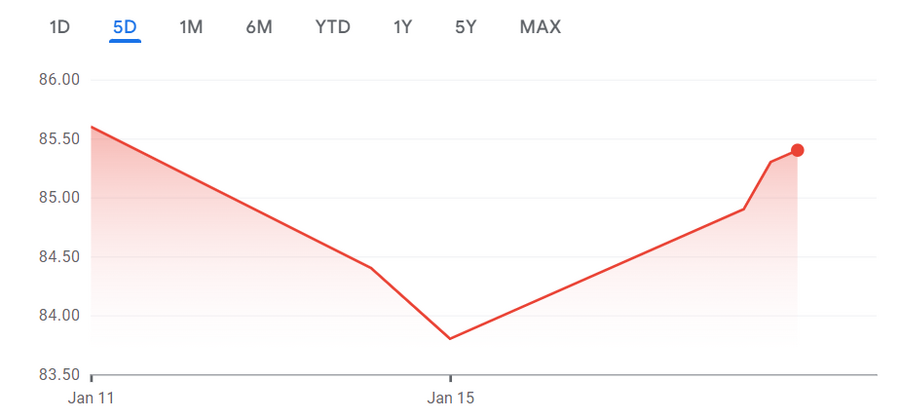
Step 3. Update Your Strategies
Measuring the impact of your branding campaigns on brand sentiment can drive future decision-making.
To analyze and update your strategies:
- Monitor brand mentions across channels following any new campaign.
- Use customer feedback to analyze trends in audience opinions of your new products, services or ideas.
- Measure your NPS both before and after a new launch to guide which decisions worked well and which need to be improved.
Take Airbnb, for example.
The community-driven hospitality group’s original tagline and mission of A Place To Stay undersold the unmatched experiences visitors were gaining through its platform.
Gauging the positive sentiment surrounding its brand, Airbnb decided to level up in 2014, producing the springboard for the company to become what it is today.
This jump is showcased by Airbnb’s tripling of revenue between 2013 and 2015, from roughly $250 million annually to over $900 million.
Its new slogan, Belong Anywhere acknowledges the global activity around its brand and elevates the company from a simple bed and breakfast platform to a superior, community-led hospitality group.
Step 4. Address Customer Pain Points
Brand sentiment analysis makes you aware of the areas of your brand that disconnect you from or frustrate your target audience.
To address customer pain points effectively:
- Collect comments and mentions across online brand monitoring and primary research.
- Implement real changes to your products, services or values based on the pain points you have found.
- Communicate your changes to your audience through marketing and PR campaigns.
Take Victoria’s Secret, for example.
Back in 2014, the lingerie brand released an advert with the slogan The Perfect Body.
The campaign received backlash from those advocating for body positivity, and a petition was signed by over 30,000 people for the company to correct the advert and apologize.
Victoria’s Secret monitored the negative sentiment and adjusted the slogan to A Body For Every Body, limiting the damage to the brand’s image and contributing to rising net sales for the following three years.
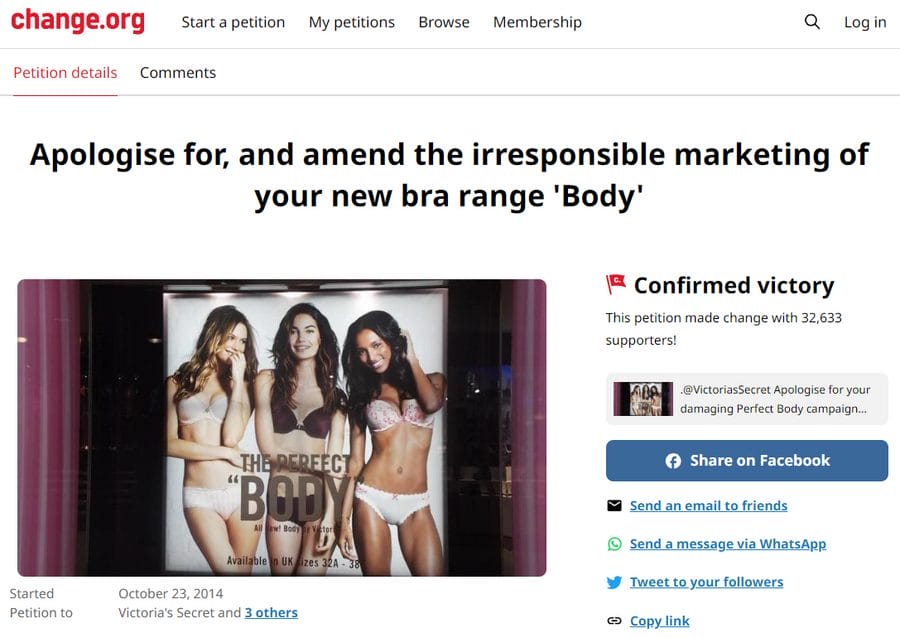
Step 5. Analyze Your Competitors
Analyzing the brand perceptions and associations of your competitors can help guide your strategy decisions.
Your brand can take note of positive and negative competitor sentiments to find the best ways to connect with your target audience.
To analyze your competitors:
- Track competitor brand mentions to see which products, services or values receive positive or negative sentiments.
- Analyze how your competitors manage social media interactions and response timings.
- Use your insights to note how you can be better than your competitors.
Take Popeyes, for example.
The fast-food chain monitored brand mentions for its rival, Chic-fil-A.
Discovering that Chic-fil-A’s Sunday closures produced negative sentiment around the brand, Popeyes ran an advert highlighting that its restaurants are open seven days a week, including Sundays.
Generate Positive Brand Sentiment With Digital Silk
Brand sentiment is an indication of how likely your business is to win and retain loyal customers.
By measuring the positive, negative and neutral perceptions of your brand, you can implement strategies that boost your brand sentiment.
At Digital Silk, we provide a full suite of branding solutions to build, manage and grow your brand and its reputation.
From research-backed strategies to designs that resonate with your target audience, our solutions drive brand sentiment for businesses across industries.
Some of our core branding solutions include:
- Brand strategy
- Brand naming
- Logo and style guide design
- Professional rebranding
- Package design
As a full-service agency, we also deliver web design, development and digital marketing services to manage every aspect of your brand growth in one place.
What sets us apart from the competition?
For every project, we ensure:
- Project ownership
- Transparency
- Measurable results
Tell us about your branding project! Contact us, call us at (800) 206-9413 or fill in the Request a Quote form below!
"*" indicates required fields



